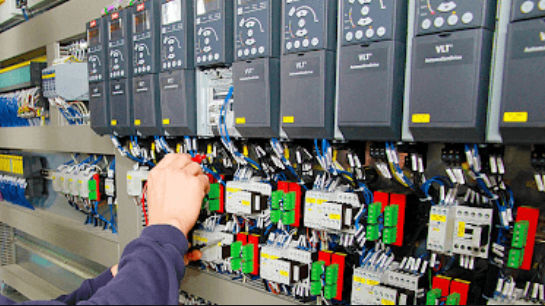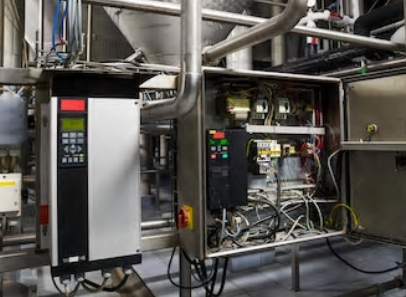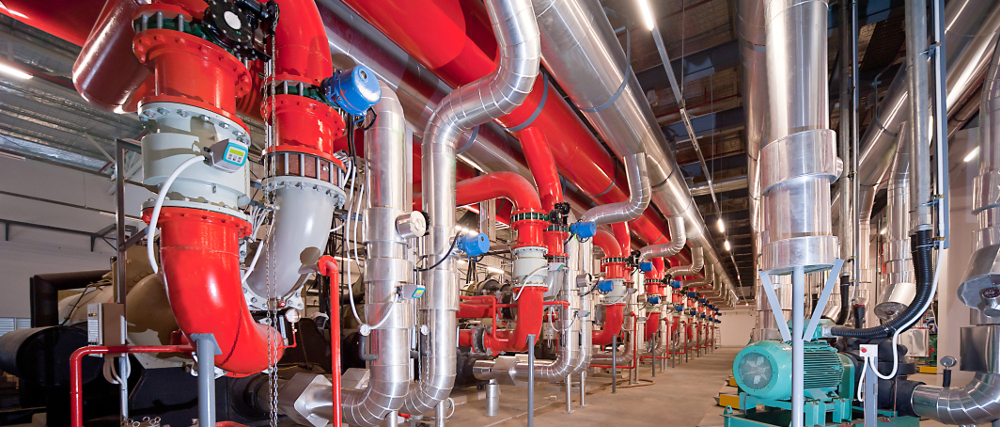
Services - PSE Engineering Services

- ~ Chiller (periodic servicing, annual shut down and overhauls)
- ~ Cooling tower (general servicing and water treatment)
- ~ Air handling unit / Fan coil unit
- ~ Pumps and valves
- ~ VRV & Split unit
- ~ Variable Speed Drive
Chiller
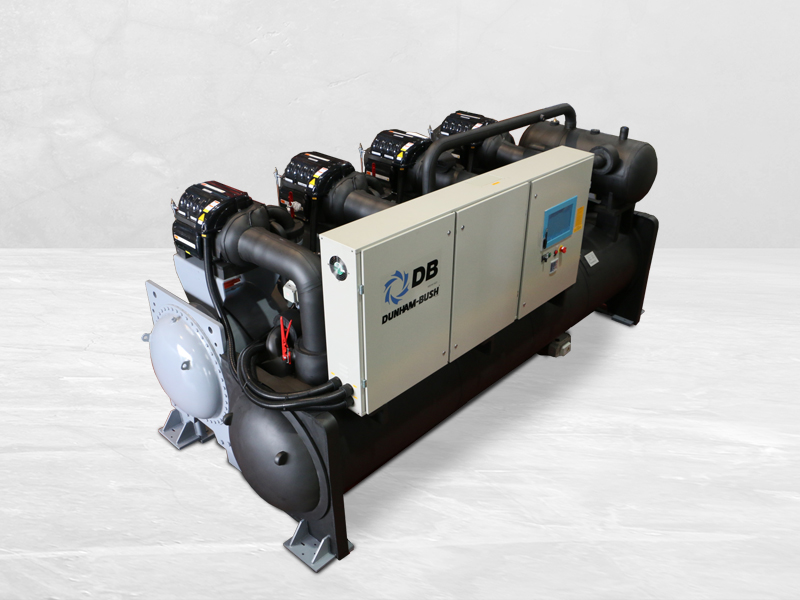
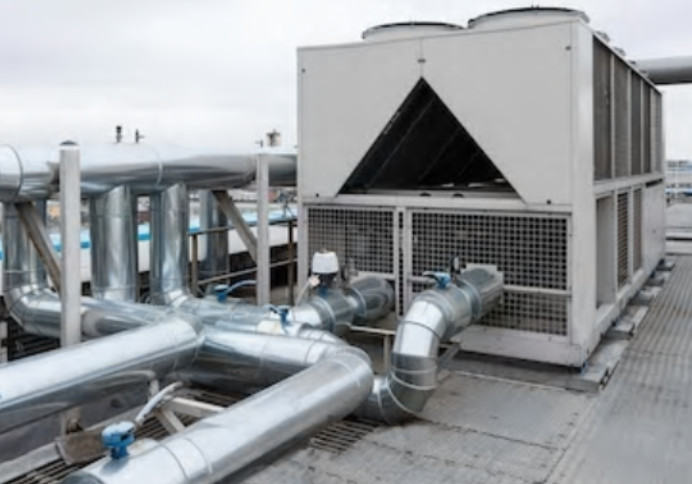
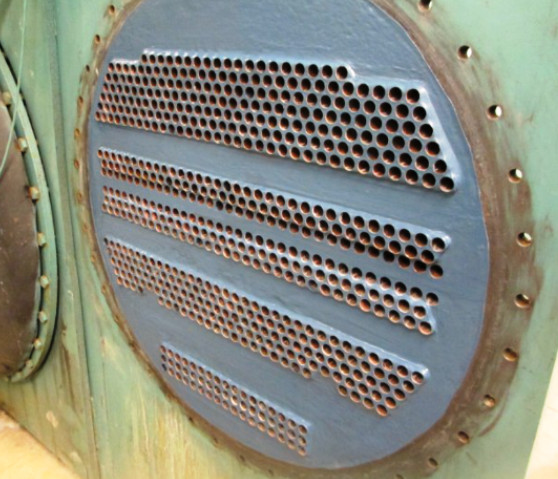
-
- 1. Keep a daily log
- 2. Keep tubes clean for efficient heat transfer
- 3. Treat condenser water to prevent scale, corrosion
- 4. Lower entering water temperature
- 5. Keep chilled water flow rate between 3 to 12-ft per second
- 6. Maintain adequate refrigerant charge
- 7. Prevent inefficiencies caused by non-condensable
- 8. Analyze compressor oil
- 9. Check operation of starters and motors
- 10. Install variable speed drives
Chiller Overhauling
Following a regular chiller overhaul maintenance schedule is fundamental to maximizing the lifespan of your cooling equipment while minimizing operating expenses. At the same time, having your chiller regularly overhauled can save money in the long run by reducing the risk of breakdowns, unnecessary repairs, and premature component failure.
Generally, we recommend that chillers be overhauled and inspected every eight to 10 years or every 25,000 to 30,000 operating hours to ensure peak performance, whichever comes first. But what exactly does a chiller teardown and overhaul entail? Here’s what you need to know
What Is a Chiller Overhaul?
As the terms suggest, a chiller overhaul involves taking your chiller apart, inspecting components, replacing critical parts as needed, and putting it all back together. By overhauling your system, technicians can spot problem areas that are otherwise difficult to pinpoint. Overhauls also allow technicians to assess areas of wear, the health of components, and replace critical components such as gaskets, o-rings, covers, and seals. Because chillers are made up of many moving parts working together, small issues can quickly turn into a critical failure. Following a regular overhaul maintenance schedule is the best way to prevent minor problems and maximize your investment.
The Benefits of Overhauls
While it can be a time-consuming process, the cost of an overhaul quickly pays for itself by preventing failures and ensuring your chiller is running optimally. Chillers represent substantial capital investments, and it’s critical to ensure you’re maximizing the value of that investment. Premature failure, on the other hand, is one of the most significant barriers to seeing an ROI.
Overhauling a chiller delivers short- and long-term benefits. In the short term, an overhaul maximizes the efficiency of your chiller, so you can expect lower operating expenses from day one. At the same time, an overhaul offers long-term benefits including the reduced risk of breakdowns, extending the lifespan of your system and improving indoor climate quality.
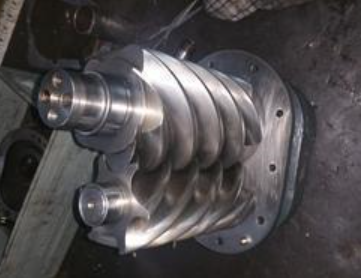
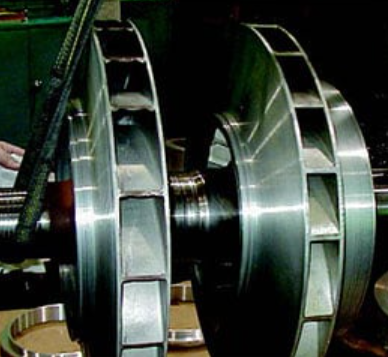
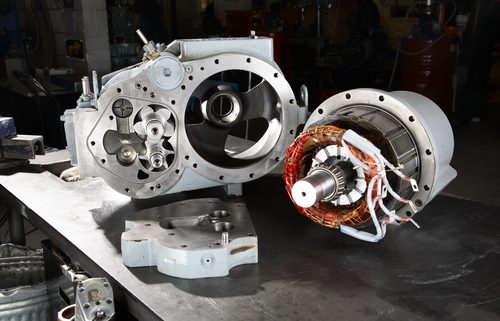
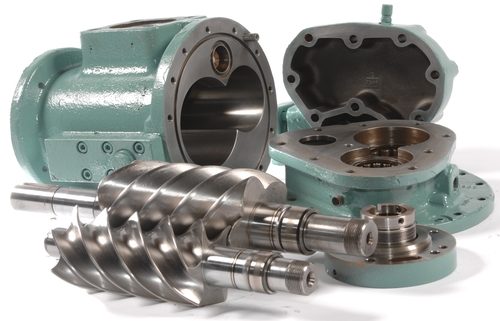
Cooling Tower
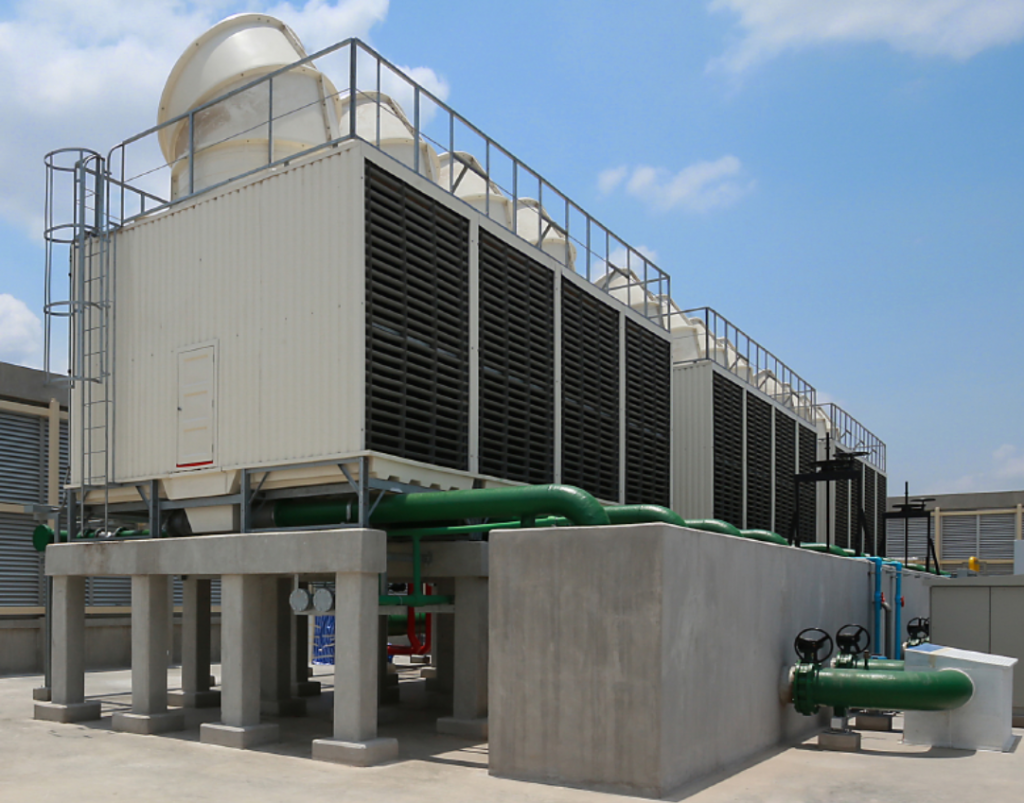
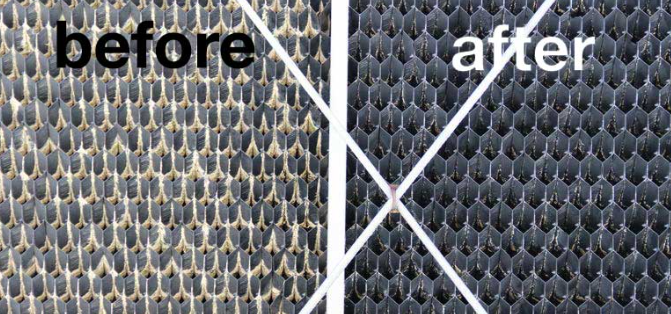
Cooling towers and chillers are vital to the performance of any commercial or industrial air conditioning system! Properly maintained cooling towers and chillers keep condenser temperatures lower than un-maintained systems. This results in better energy efficiency, lower utility bill costs, and a more comfortable facility.
-
- 1. Remove Scale Deposits
- 2. Ensure Proper Airflow
- 3. Clean Your Tubes
- 4. Inspect the Water Pump
- 5. Treat Your Water
Air Handling Unit / Fan Coil Unit
Maintaining your air handling unit (AHU) is crucial to your HVAC system’s functionality. Your heating and air conditioning system’s air handling unit is the central unit that moves air throughout ductwork. A malfunctioning air handling unit usually experiences problems when certain obstructions are blocking air flow.
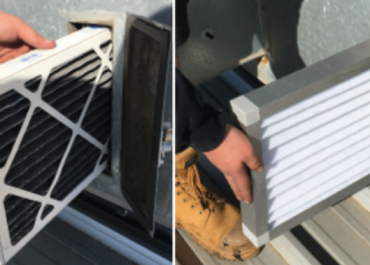
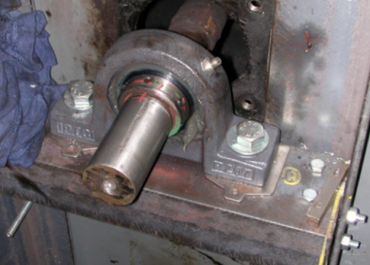
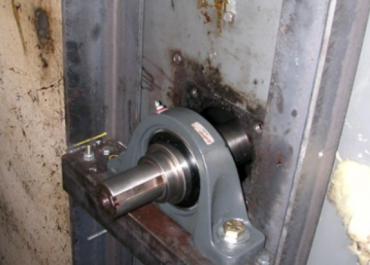
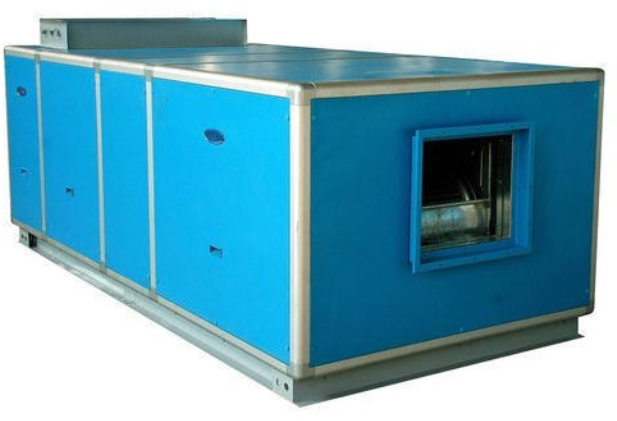
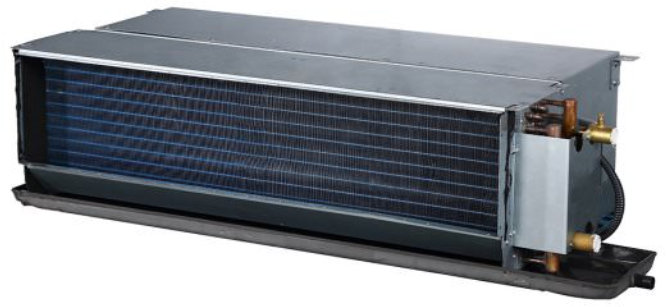
VRV & Split Unit
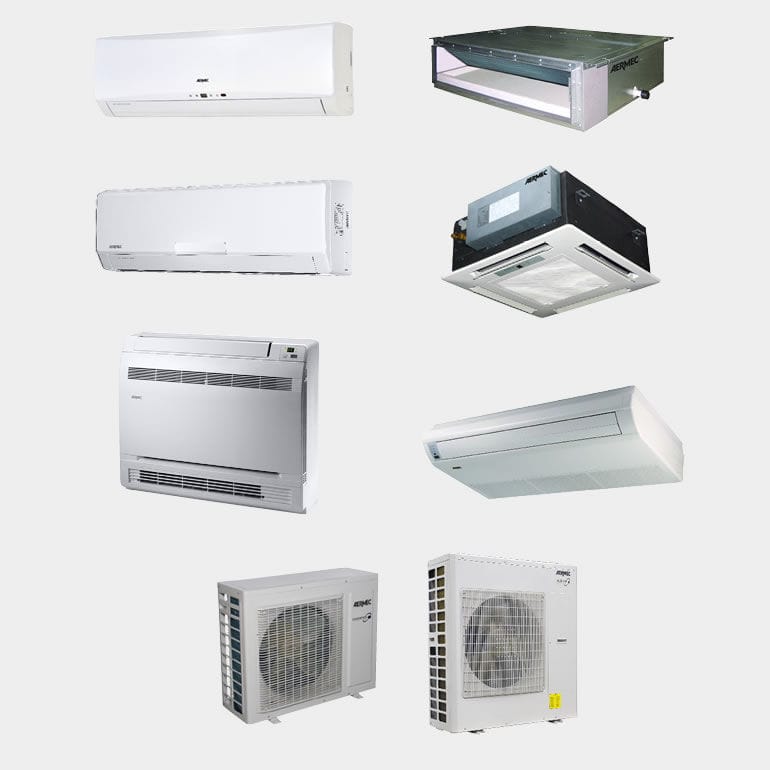
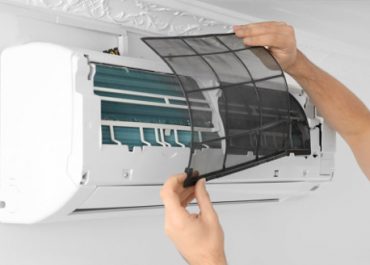
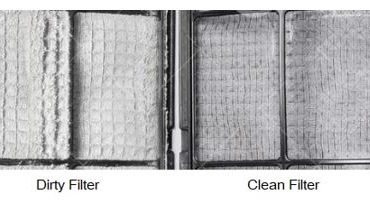
Chemical Service for AHU / FCU / VRV
Chemical cleaning is one of the key factors for Air Cons when it is not providing enough cool air. With chemical servicing, you will be able to remove dust and debris from existing units providing air which is healthier for all and also to prolong the life of the Air Con.
If an air conditioner have been used for a long period of time without maintenance, they require a chemical overhaul. This process enables us to restore the performance of the unit thus improving the functionality.
- Lubricating of fan bearings to make sure the unit operates quietly without producing any noise.
- Checking of thermostats and controls of the unit.
- Cleaning of pipes, blower wheel and drain pans with appropriate chemicals.
- Cleaning of fan evaporator coil to facilitate smooth transfer of heat without the build up of dust and grime within the system.
- Replacing of faulty bearings which quietens the operational noise.
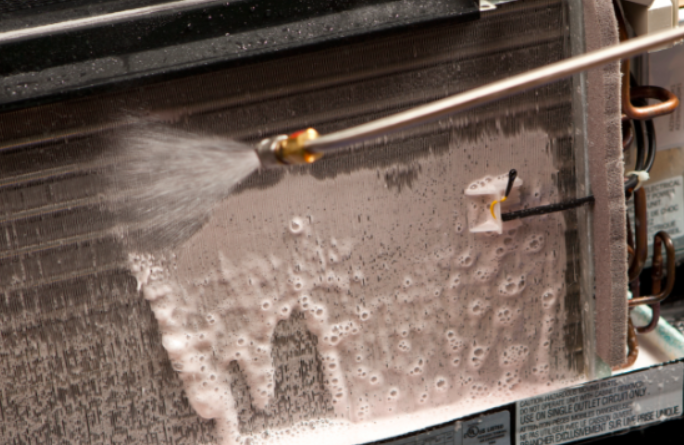
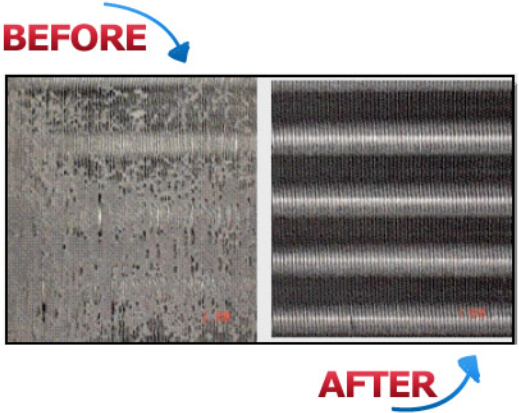
- Clears the problem of having water leakage.
- Accelerates cooling thus saving on electrical consumption.
- Savings on down time costs.
- Improving the life span of equipment.
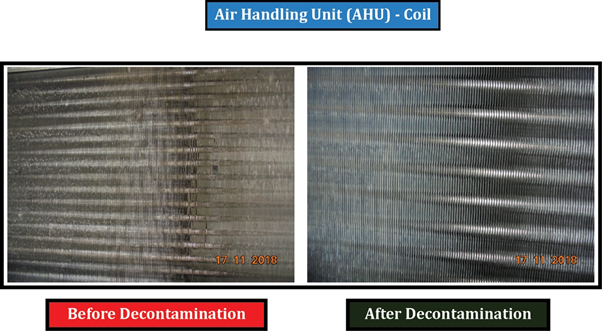
Pump & Valve
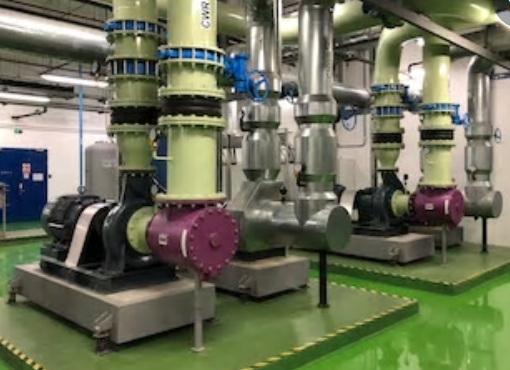
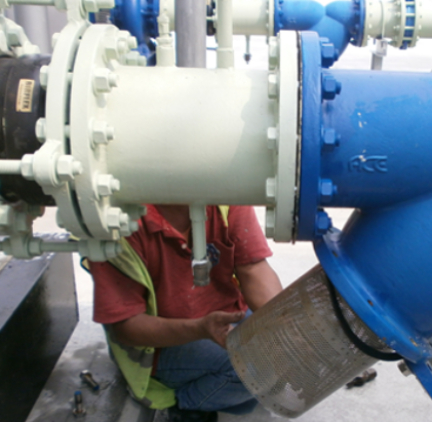
- Leaks
- Unusual noise
- Extreme vibration
- Corrosion
- Overheating
- Clogging
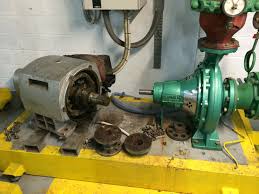
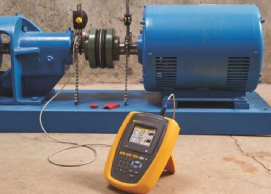
Variable Speed Drive
Low Voltage VFD preventive maintenance is best performed on a periodic schedule, typically once per year. Consists mainly of visual inspection, cleaning with dry compressed air, checking connections for correct torque and setting up a replacement schedule for those components with the shortest operational life cycles. VFD cooling fans for example should be replaced every 3-5 years – Main bus capacitors every 7 years.
Don’t retorque the connections. Use a thermal camera and check the variable frequency drive under load. If any connections show hot, THEN shut it down and check the torque with a torque wrench/screwdriver. I’ve seen more problems caused by people cranking down too hard on motor and power leads (and even control connections) than I have from connections that have worked loose.
Also, DON’T disassemble the VFD to perform the visual inspection (I’ve seen service contract specifications that required that). Get a bright light source and look as deep as you can for components showing excessive heating, for debris blown into the body of the drive by the cooling fans, for dust accumulation, for discoloration or corrosion due to corrosive gasses, for oil from leaking capacitors, etc. Only disassemble the VFD if REQUIRED to access something that doesn’t appear right.
